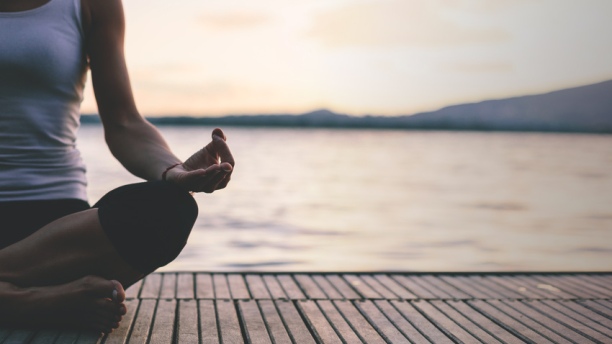In our previous post, we listed some methods you can use to help counter any anxious feelings you may be experiencing. This works well for the individual; but what about others? More specifically, children.
According to the National Institute of Mental Health, children age 13 to 18 years old have been found that have a 32% lifetime prevalence rate of any anxiety disorder
This translates to roughly 1 out of every 3 children being susceptible to an array of anxiety related disorders.
Moreso, Kendall et al found that of these children with diagnosable anxiety, approximately 55% of them meet the criteria for another DSM IV diagnosis excluding anxiety disorders. They also found that parents of anxiety prone children are likely to report higher ratings of anxiety than their children do.
So the question arises, how can we help children who struggle with anxiety?
The Child Mind Institute lists 10 tips for parents with children fighting anxiety.
- The goal isn’t to eliminate anxiety, but to help the child manage it.
- Don’t avoid things just because they make the child anxious.
- Express positive, but realistic, expectations.
- Respect their feelings, but don’t empower them.
- Don’t ask leading questions.
- Don’t reinforce the child’s fears.
- Let them know that you appreciate the work it takes to tolerate anxiety.
- Try to keep the anticipatory period short.
- Try to understand their thought process.
- Try to model healthy ways of handling anxiety.
Hopefully these tips will be helpful to any parents, present or future, whose children suffer from anxiety. Just keep in mind that anxiety disorders are not the fault of the parent, and at the very least, be supportive of your child in their tolerance of anxiety.




 Anxiety can be a lifelong battle for many people, so here’s some tips from the
Anxiety can be a lifelong battle for many people, so here’s some tips from the 
